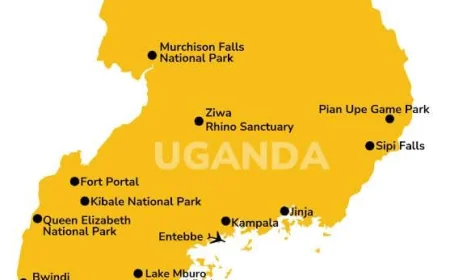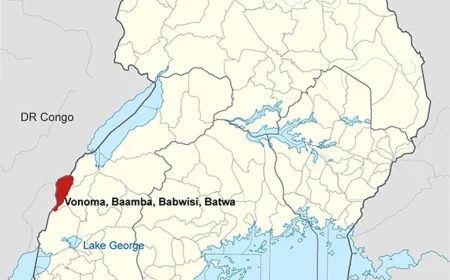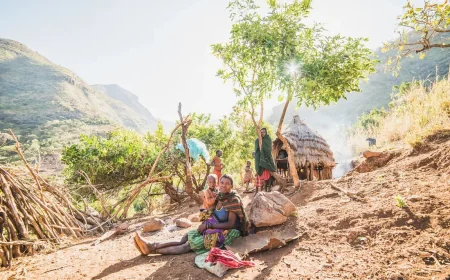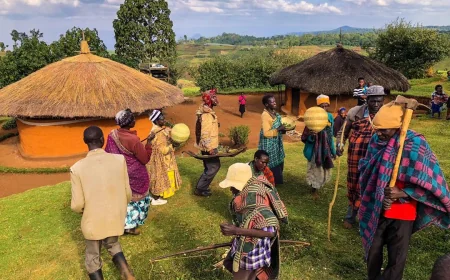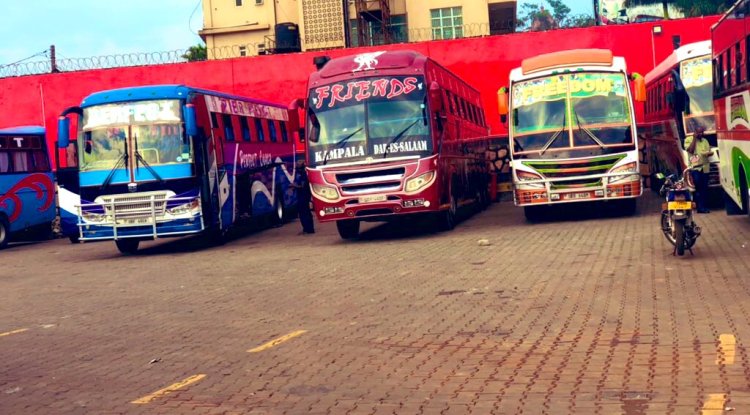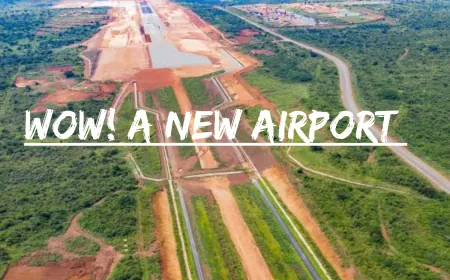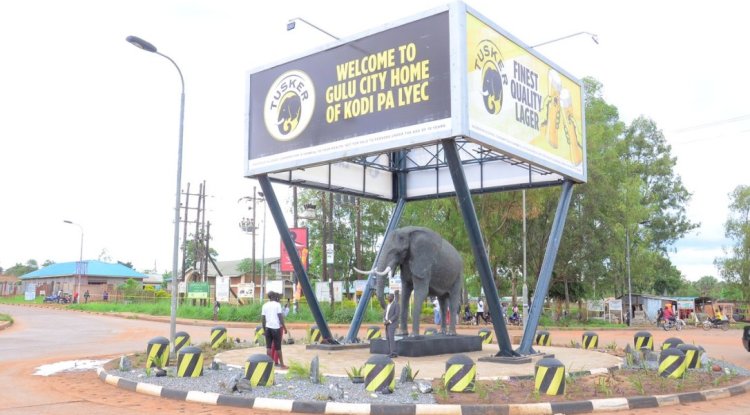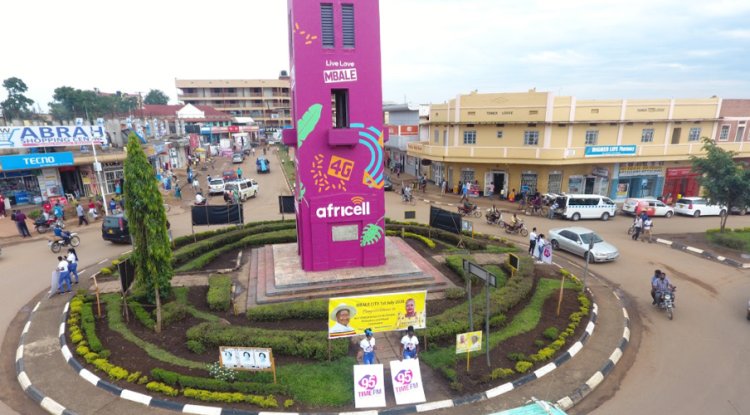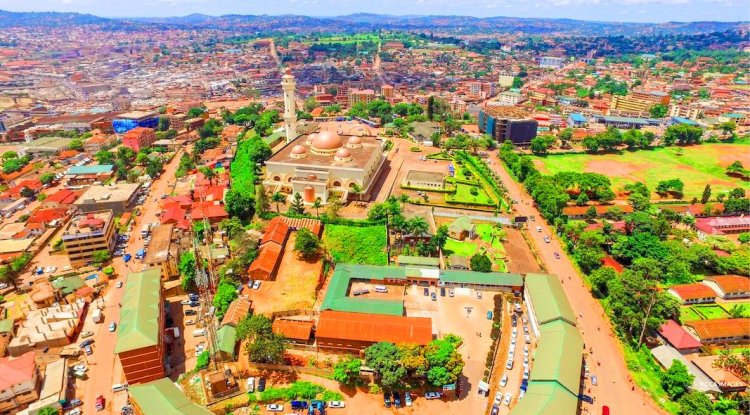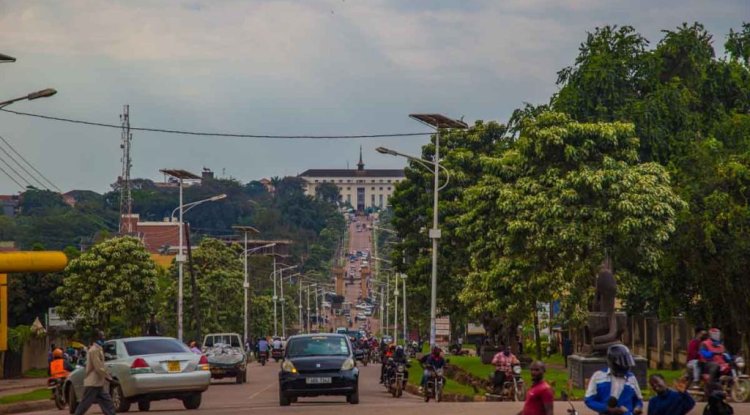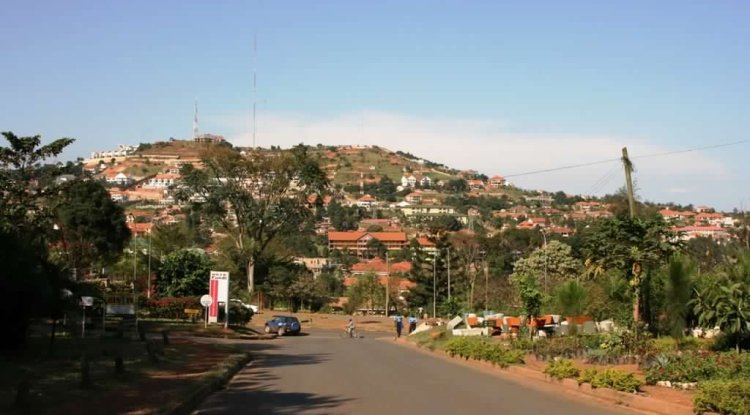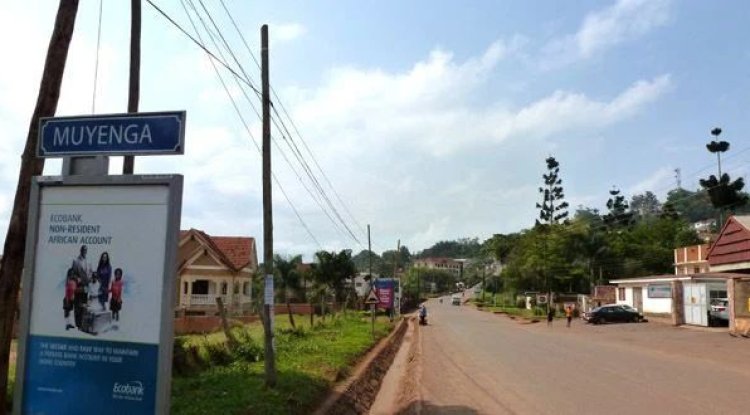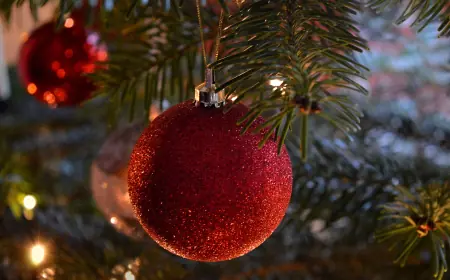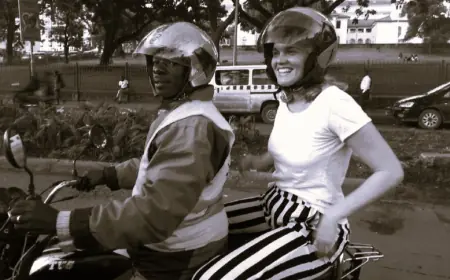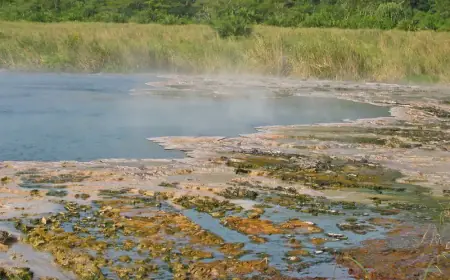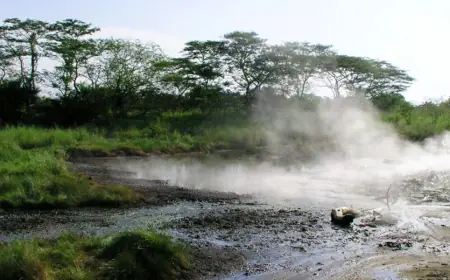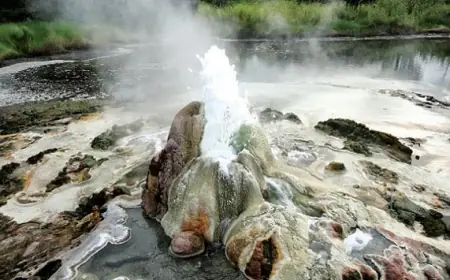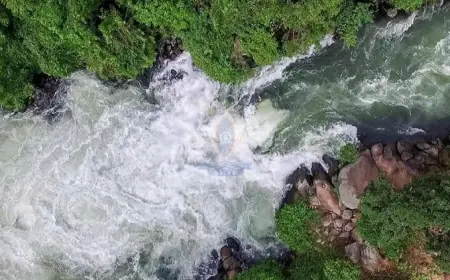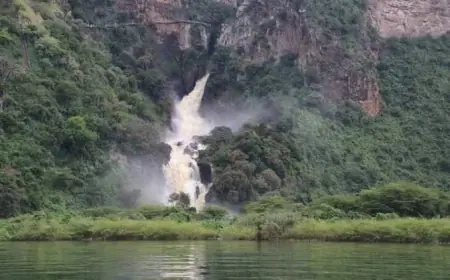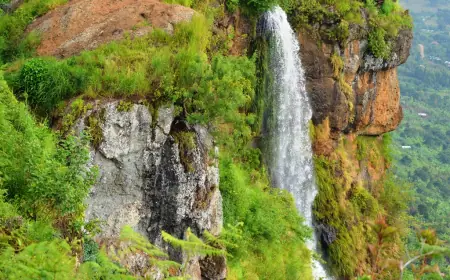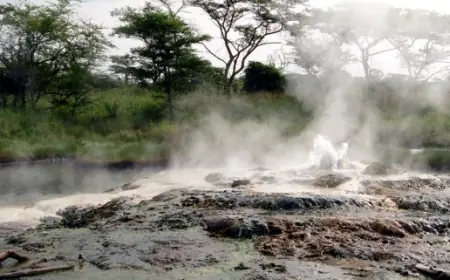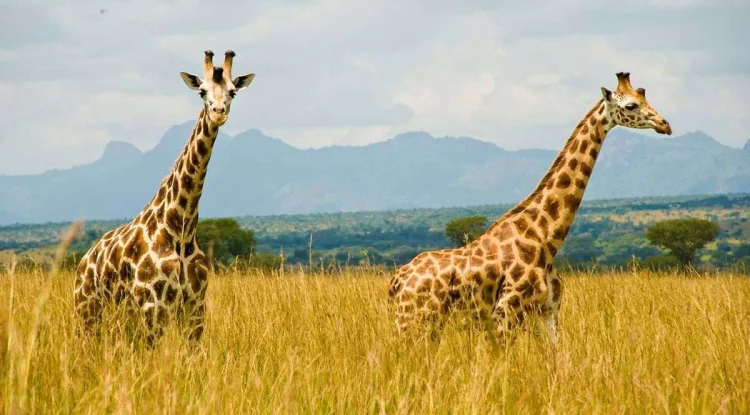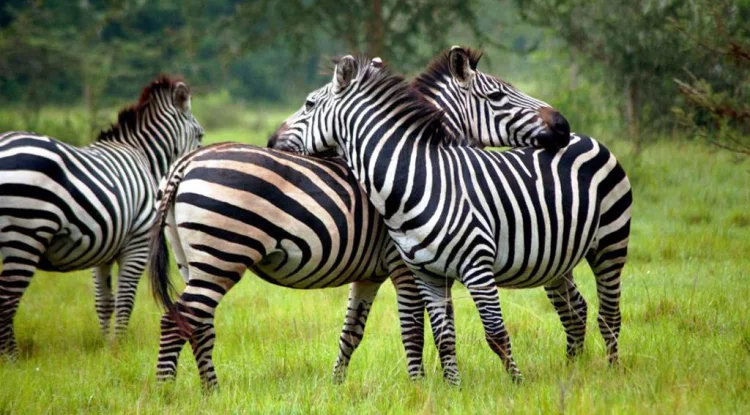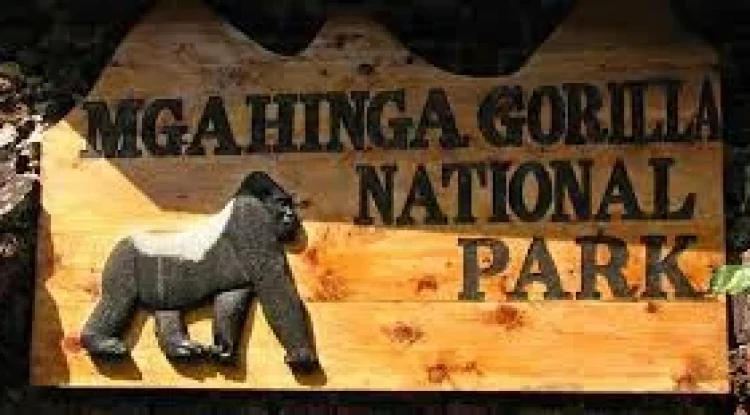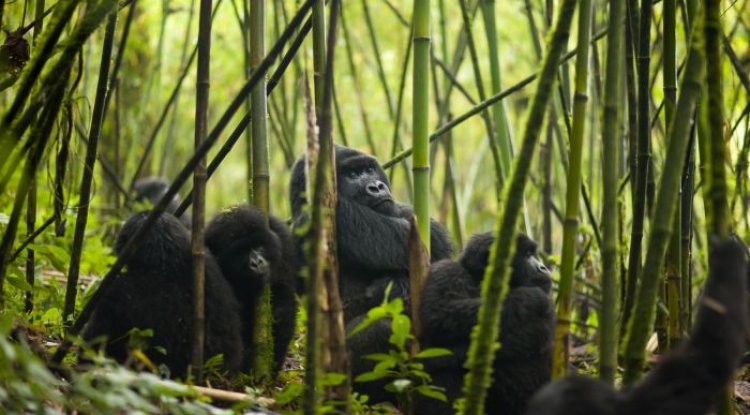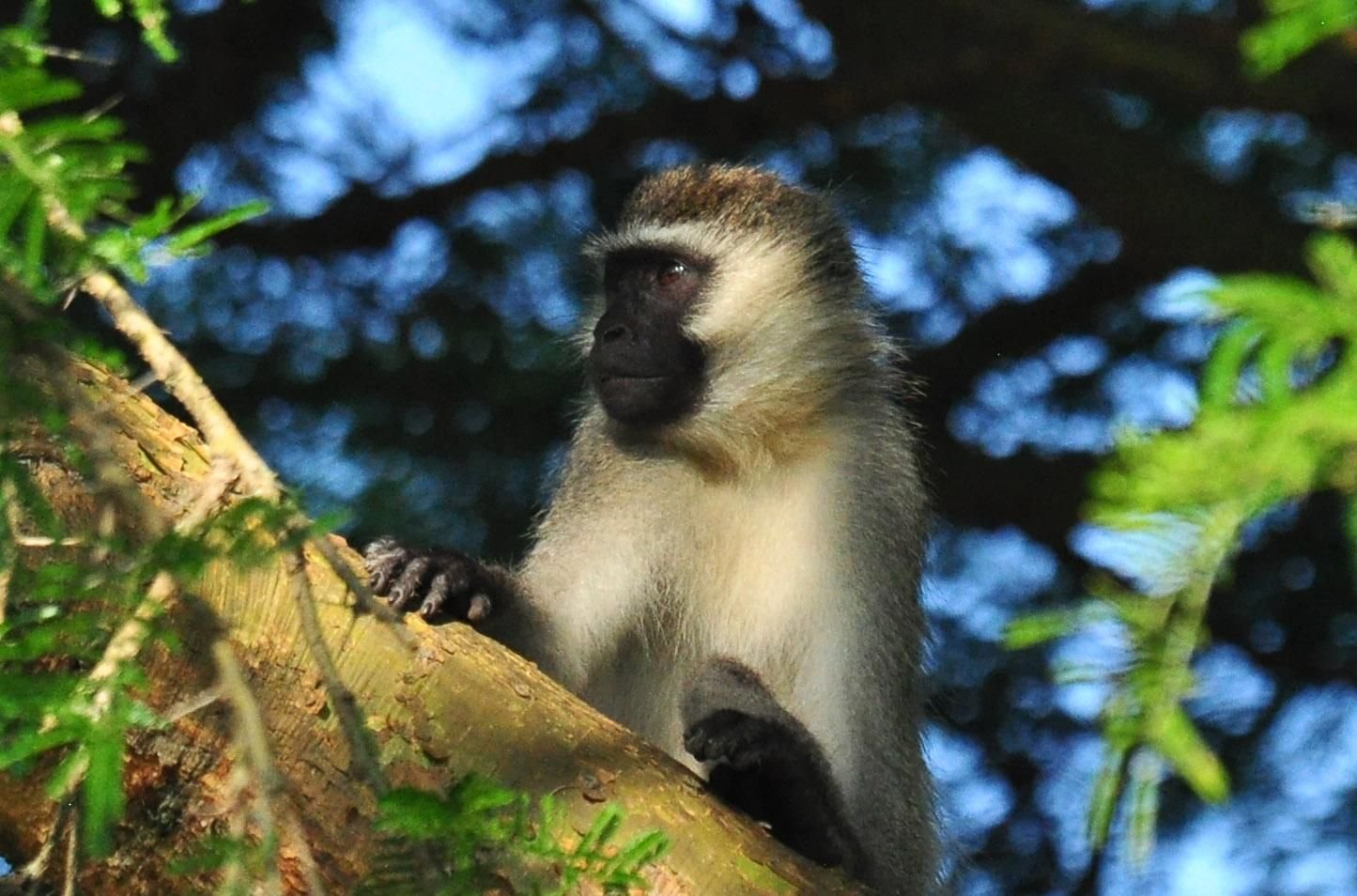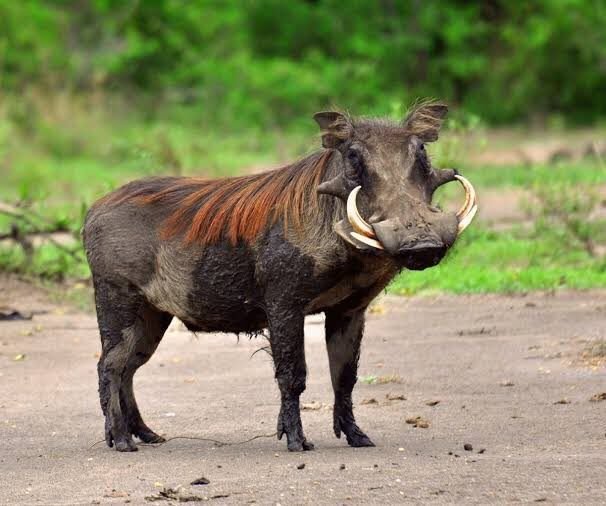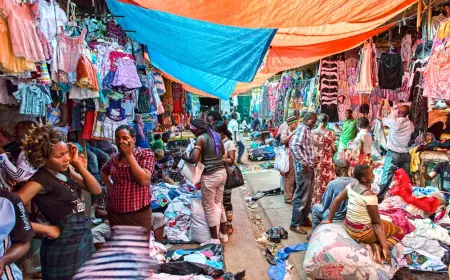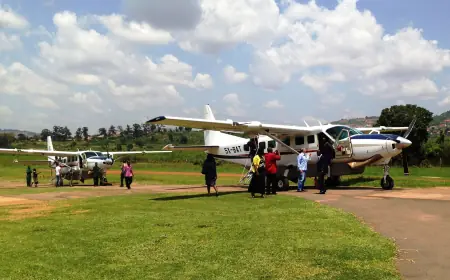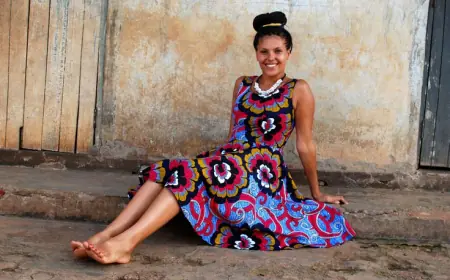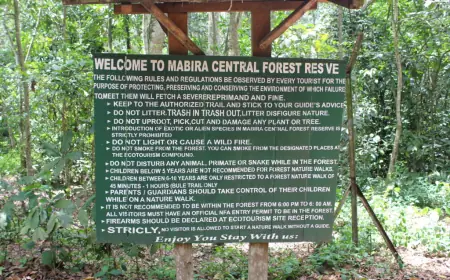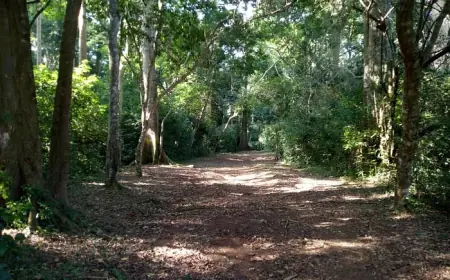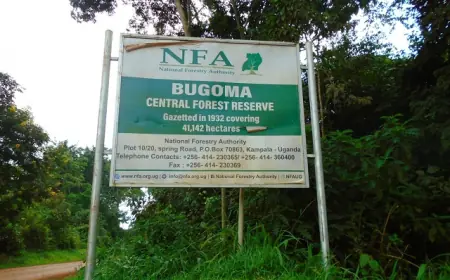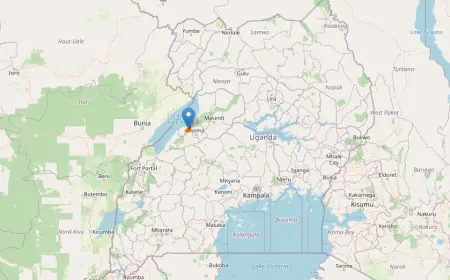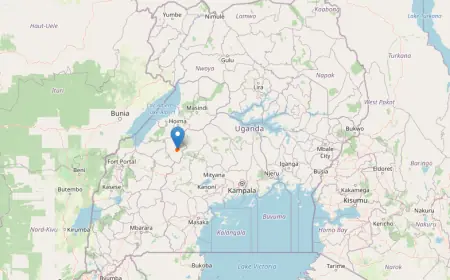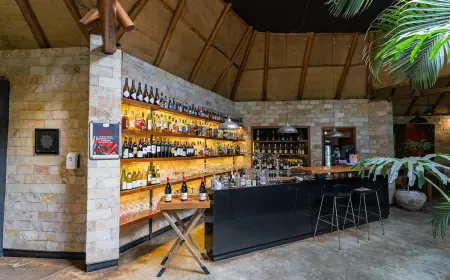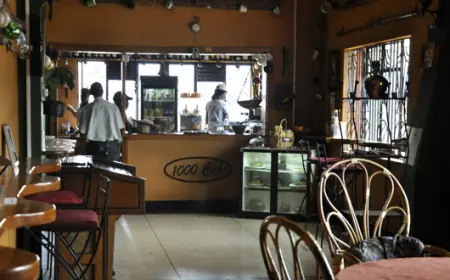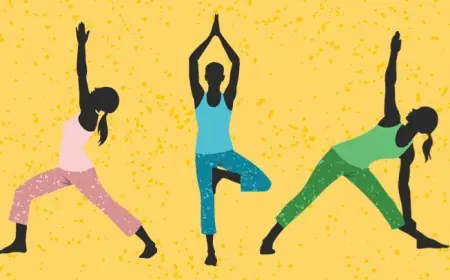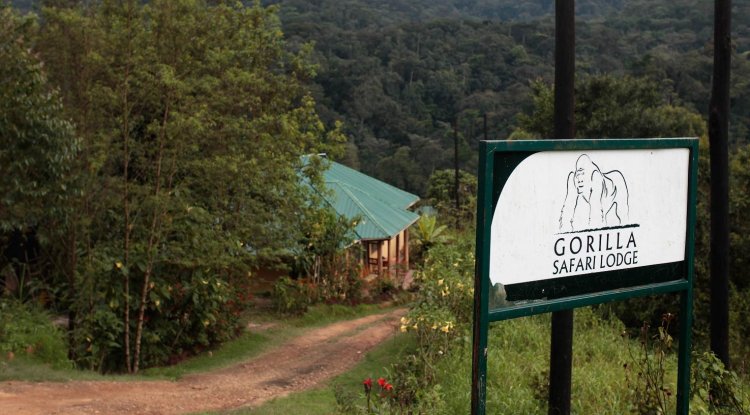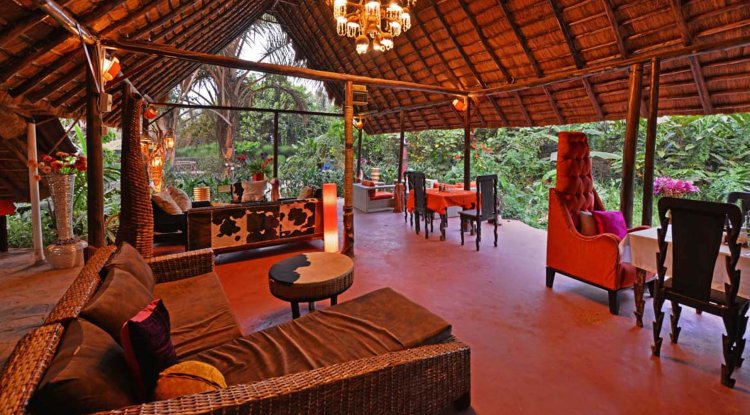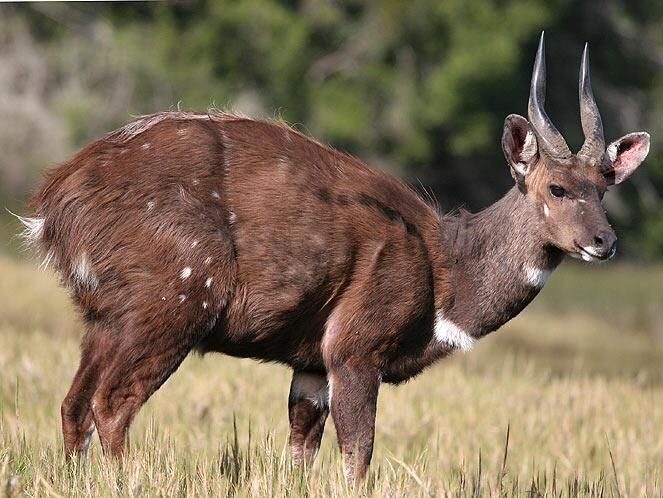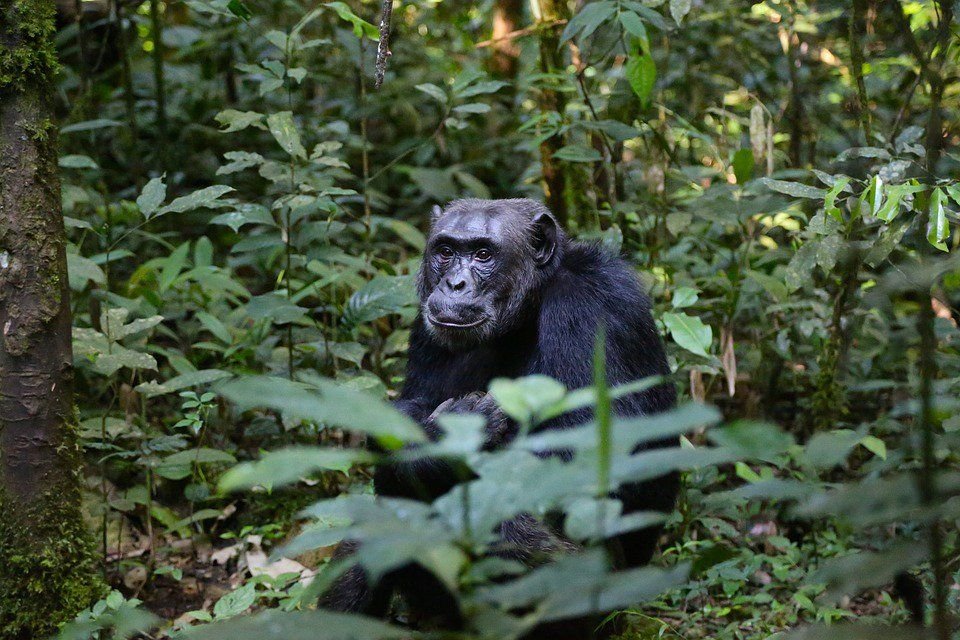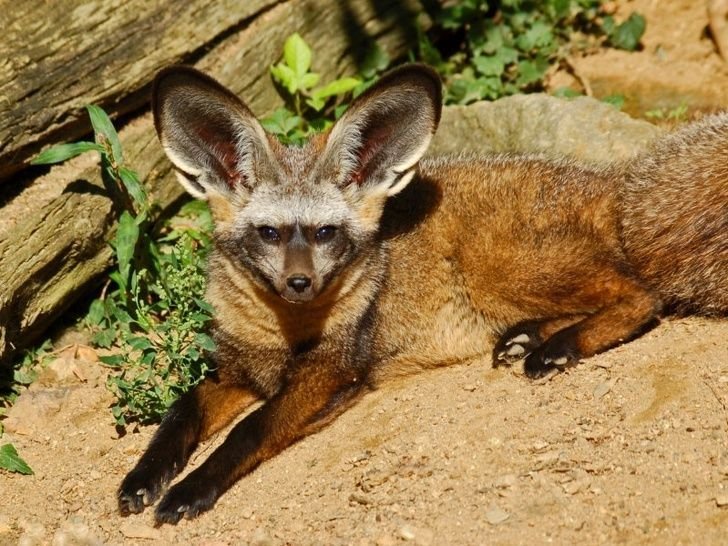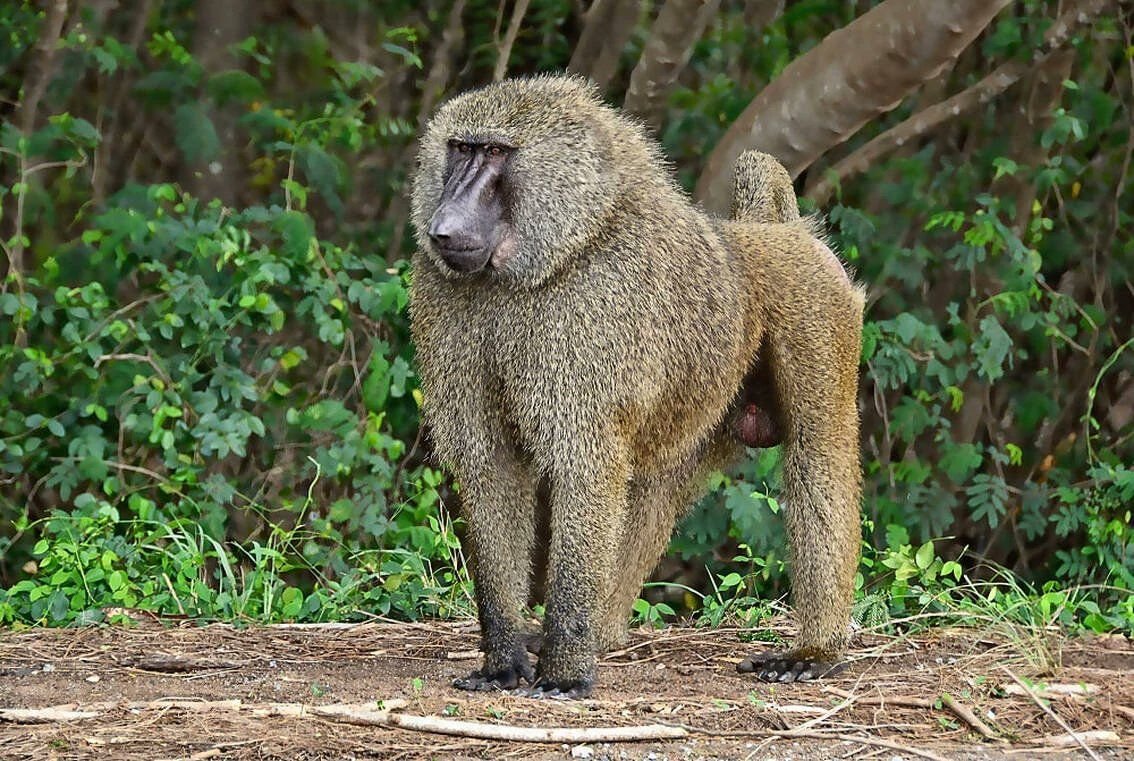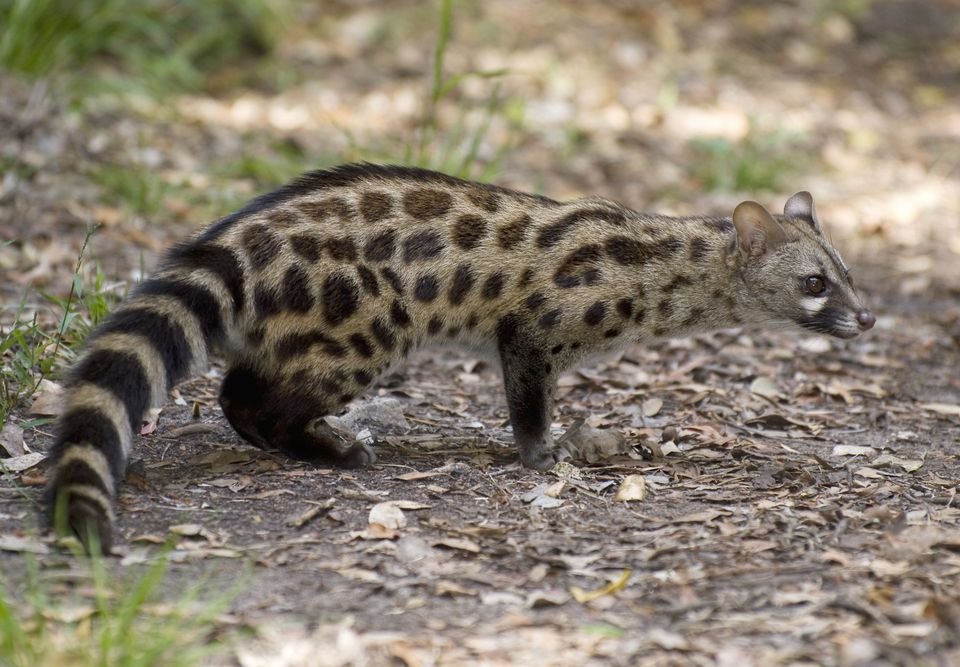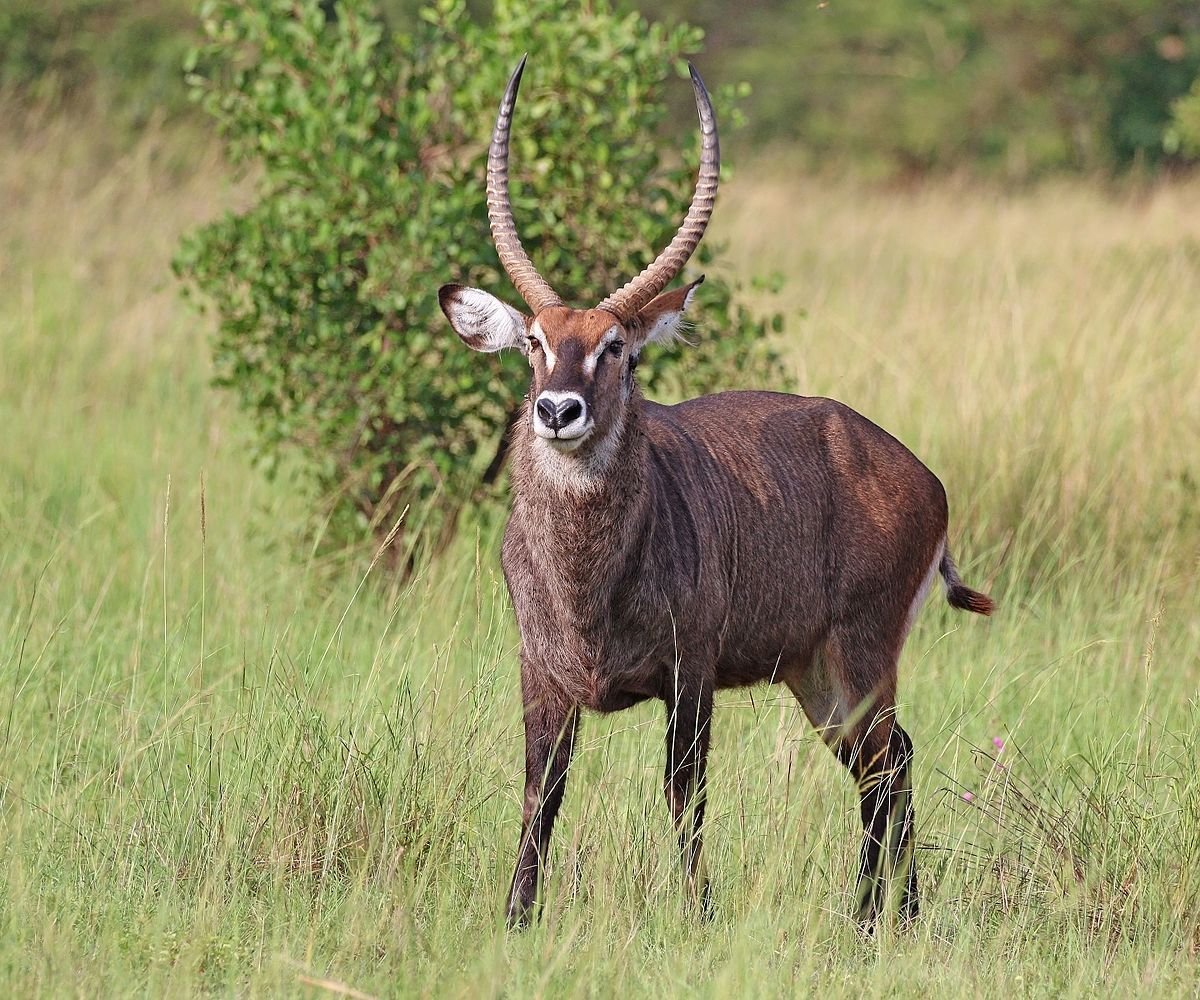Uganda kob
The Uganda kob is reddish-brown, like the impala but larger in appearance and without the impala's black side-stripe, and is closely related to the waterbuck and reedbuck.
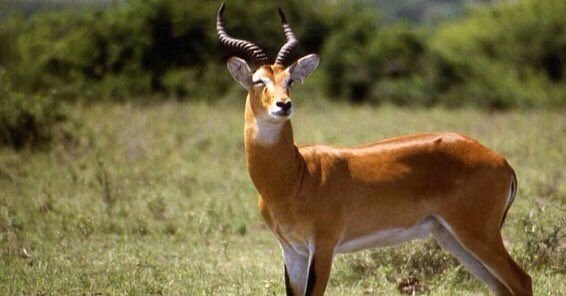
The Uganda kob, or Kobus kob thomasi, is a type of kob found in Uganda. The Ugandan kob is a subspecies of the West African kob that lives only in the grassy floodplains and open vegetation near water in Uganda and southern Sudan.
Although physically similar to the impala, the Uganda kob is considerably more robust. Horns are lyre-shaped, heavily ridged, and divergent, and only males have them. Males tend to be a tad bigger than females.
The coat is golden to reddish-brown, setting it apart from other kob subspecies; the only exceptions are the white throat patch, snout, eye ring, and inner ear. The undersides of its legs and stomach are white, while the forelegs are black.
Ugandan Kob Behaviour
They prefer to be in large groups called herds and can be seen in wetlands, forests, swamps, and floodplains where there is access to water.
The culture of the Kobs is based on strong traditions.
The social organisation of the Uganda kob involves smaller herds joining together to create larger groupings of up to a thousand individuals.
When it comes to mating, kobs are unique among antelopes in that they have established breeding sites (called leks) where nearly all mating takes place year-round.
Uganda kob Reproduction.
Males don't begin breeding until after they've reached a more advanced age, while females reach sexual maturity in their second year.
Females in larger kob populations typically live in loose groups and travel to the traditional breeding grounds only when it is time to mate. In order to accomplish this, males establish and protect territories as small as 200 metres (660 feet) in diameter in the most crowded parts of communal areas called leks. At the end of the rainy season, in November or December, after a gestation period of around nine months, a single calf is born.
Ugandan Kob Diet.
Because of their herbivorous nature, Ugandan Kobs primarily consume grass and reeds. Females and young males travel in groups of different sizes. They follow waterways and look for food in valley bottoms, depending on how much food is available.
Like waterbucks and reedbucks, they get attached to certain places and keep coming back to the same places to eat and drink for months or even years.
Uganda kob sightings where to go.
Queen Elizabeth National Park, Murchison Falls National Park, and the surrounding Semliki National Park and Katonga Wildlife Reserve are all places where Uganda kob can be found in herds of up to a hundred individuals.
What's Your Reaction?
 Like
0
Like
0
 Dislike
0
Dislike
0
 Love
0
Love
0
 Funny
0
Funny
0
 Angry
0
Angry
0
 Sad
0
Sad
0
 Wow
0
Wow
0
